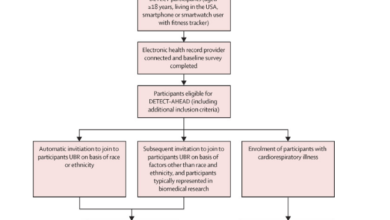Cognitive Disengagement Syndrome: A Distinct and Misunderstood Condition

Cognitive Disengagement Syndrome (CDS) was first described by psychologists in the 1960s and 1970s. However, in the ensuing decades, it has often been conflated with ADHD, leading to debates over whether CDS should be recognized as a separate condition or if patients are being misdiagnosed.
Cognitive
Daydreaming is a major symptom of CDS, but it is not the only one. Patients with CDS experience daydreams so intensely that they find it difficult to focus on tasks for extended periods. While CDS has been closely linked to ADHD since its classification, it differs significantly due to the absence of hyperactivity and impulsivity.
Instead, CDS is characterized by a consistently sluggish cognitive tempo, an earlier term for the condition. Consequently, people with CDS face different challenges compared to those with ADHD. While individuals with ADHD can focus on tasks but are easily distracted, people with CDS struggle to focus in the first place.
A Spanish study recommended distinguishing this “symptom cluster” from ADHD, stating, “A group of youth with clinical CDS can be identified as separable from youth with clinical ADHD presentations. Identifying youth with ‘pure’ CDS is likely rare when other disorders and methods are considered.”
The study suggested that recognizing CDS as a diagnostic category would spur further research and aid in identifying youth experiencing significant and impairing levels of CDS symptoms.
Cognitive There are no official criteria for CDS, but psychologists measure certain symptoms through questionnaires and behavioral observations. These include frequent daydreaming, mental fogginess, and slow processing speed.
The slow processing speed may become evident in childhood, with parents and teachers reporting that the patient appears “out of it” or takes longer to respond to questions and complete tasks. This delay is not due to a lack of intelligence or effort but rather the slow pace of cognitive processing.
CDS is not yet recognized as a disorder in the Diagnostic and Statistical Manual of Mental Disorders, although some experts and growing research suggest it should be separated from ADHD. Currently, it is considered a “symptom cluster.”
Treatment for CDS often mirrors that for ADHD, including cognitive behavioral therapy. Researchers are also exploring the use of stimulant drugs typically prescribed for ADHD. Lifestyle changes, such as establishing stable sleep and exercise routines, have also been suggested to help manage CDS symptoms.
The major differentiating factor between CDS and normal personality traits lies in how it affects daily life. Those suffering from CDS experience significant interference due to their daydreaming, impacting their academic performance and social interactions.
The lack of awareness of CDS among the general public and some healthcare professionals can lead to sufferers being dismissed as lazy or lacking effort, resulting in a stigma that prevents them from getting the support and treatment they need.
Cincinnati Children’s Hospital notes that children with the inattentive presentation of ADHD are more likely to experience symptoms of CDS but emphasizes that “CDS can also be present in children who do not have ADHD.” Alarmingly, children and adolescents with both conditions are more likely to experience anxiety, depression, sleep issues, and social withdrawal compared to their peers with only ADHD.
No related posts.




